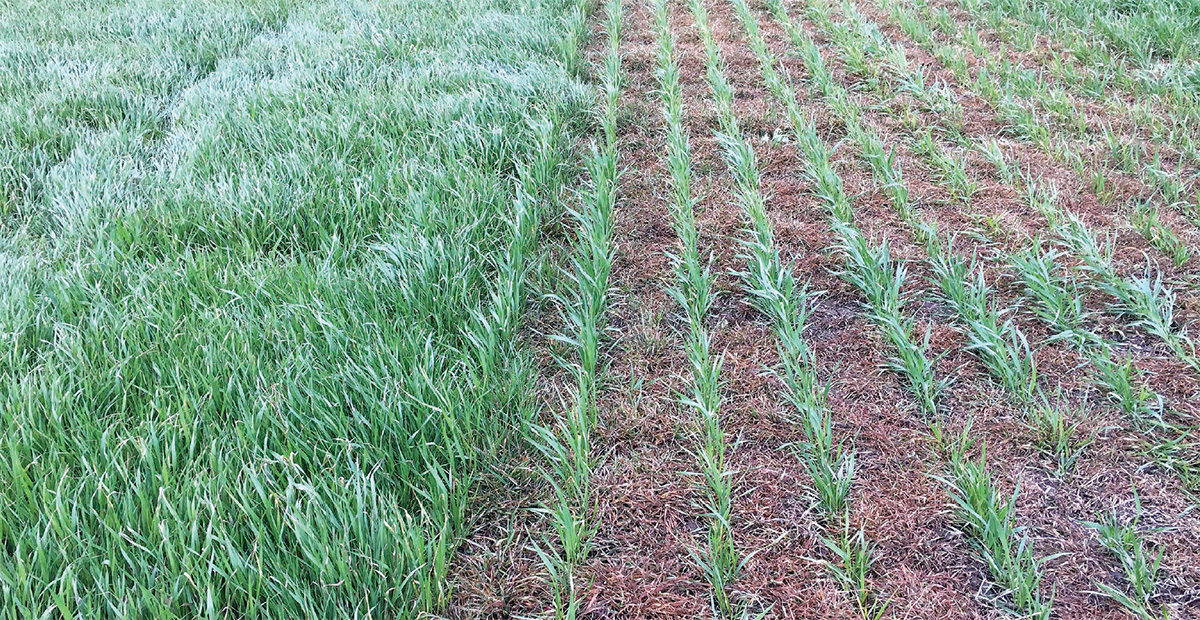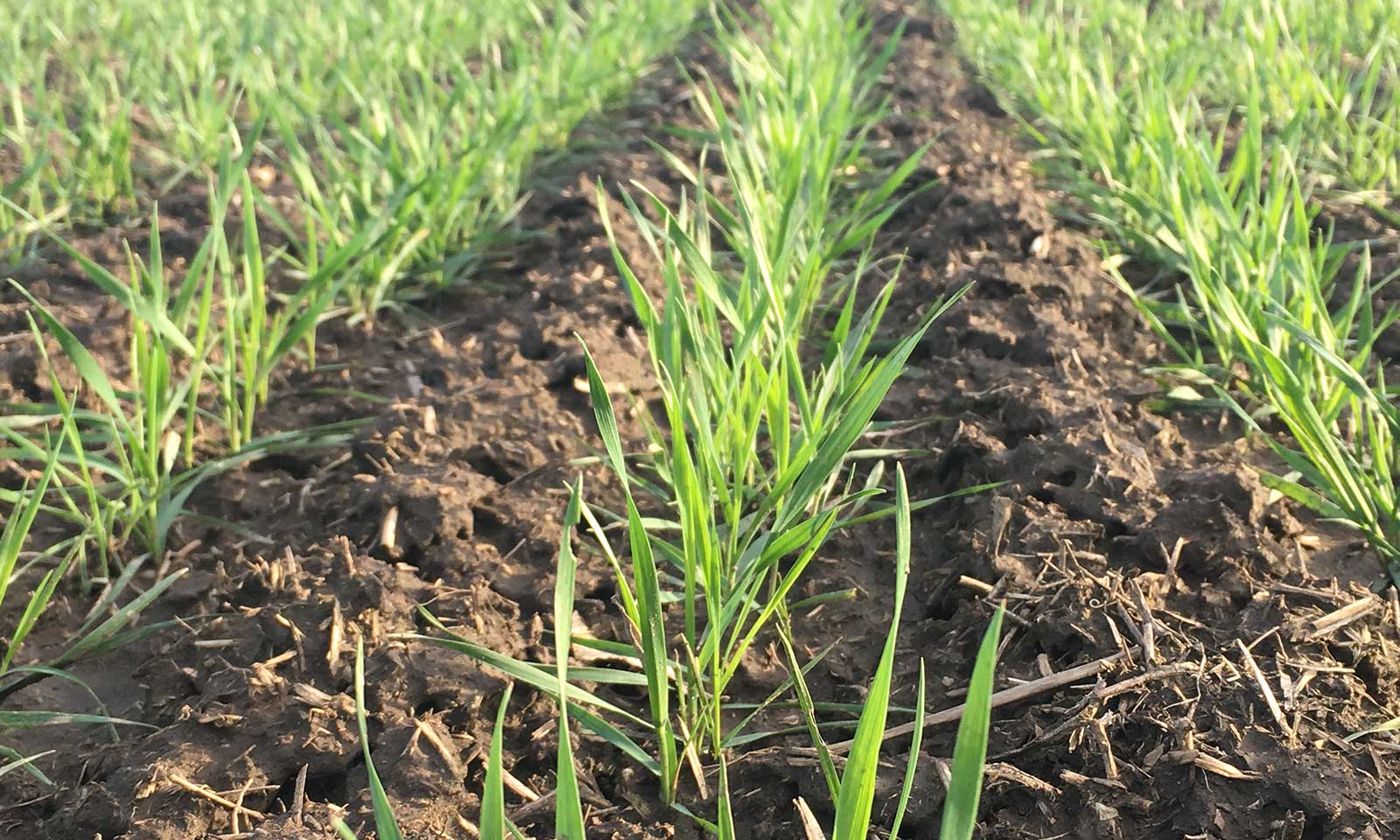Consider crop stress conditions prior to applying Aggressor AX
- Slowed plant metabolism due to temperatures below 32°F
- Low soil pH environments (below 4.8 pH with low organic matter)
- Sandy soil types with lower levels of organic matter
- Varieties not adapted to the micro-climate
- Significant stress from drought conditions
- Significant stress from excessive moisture
- Disease pressure specific to root and crown rot
- Heavy weed pressure resulting in crop competition for space and nutrients
- Herbicide carryover — i.e. Beyond (Imazamox)
- Deficient fertility management resulting from weed pressure and timing
Always follow the Aggressor AX label, including these critical success factors
Watch the weather.
Do not apply Aggressor AX when temperatures are expected to be below 32°F — 5 days before and 5 days following application date — ideally making applications when nighttime lows are above 40°F.
Be mindful of your specific growing conditions.
- Determine if your micro-climate has low pH and/or low levels of organic matter. If crop response is not acceptable — do not apply Aggressor AX.
- Select a CoAXium variety that has been proven to perform in your micro-climate and production management system.
Watch your wheat.
Only apply Aggressor AX when wheat and grassy weeds are actively growing. Accumulating positive growing degree days (heat units) reduces the chance of crop response. And:
- Apply Aggressor AX herbicide to CoAXium wheat between the 4 leaf and prior to jointing stage (jointing stage of growth defined as 1st node extending up from the soil line).
- Spray when weeds are smaller, prior to inter-plant competition scenarios where weeds steal water and nutrients.
- Reduce fertilizer tank mixes when concerned about crop response.
- When crop stress factors are present, utilize NIS versus MSO when possible (weed control will be reduced on feral rye and jointed goatgrass).
- Apply Aggressor AX separately from broadleaf herbicide applications when concerned about crop response.
Questions? Please ask.
If you have questions about application rate/acre by weed species and size, required surfactant use by weed species, sprayer application volume, application timing, tank-mix partners or anything else, we’re here to help. Call your local ag retailer or seed dealer, or get in touch with us directly.

